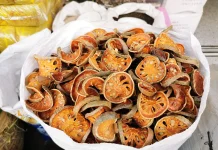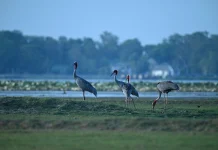Around Asia, salted fish has earned the moniker “poor man’s food.” That’s because its extreme saltiness enhances the flavour of simple rice-based meals and also means there’s enough for everyone in the family. But, the salted threadfin of Tak Bai in Thailand’s Narathiwat province is not your average salted fish. One fine threadfin can cost you Bt1,600 (USD 41) per kilogram, while salted king mackerel costs around Bt350.
“Tak Bai salted threadfin is a real delicacy, and it makes a perfect present,” says a Tak Bai fishmonger. “However, because of the high price, many people tend to buy it to please someone special rather than to satisfy themselves.”
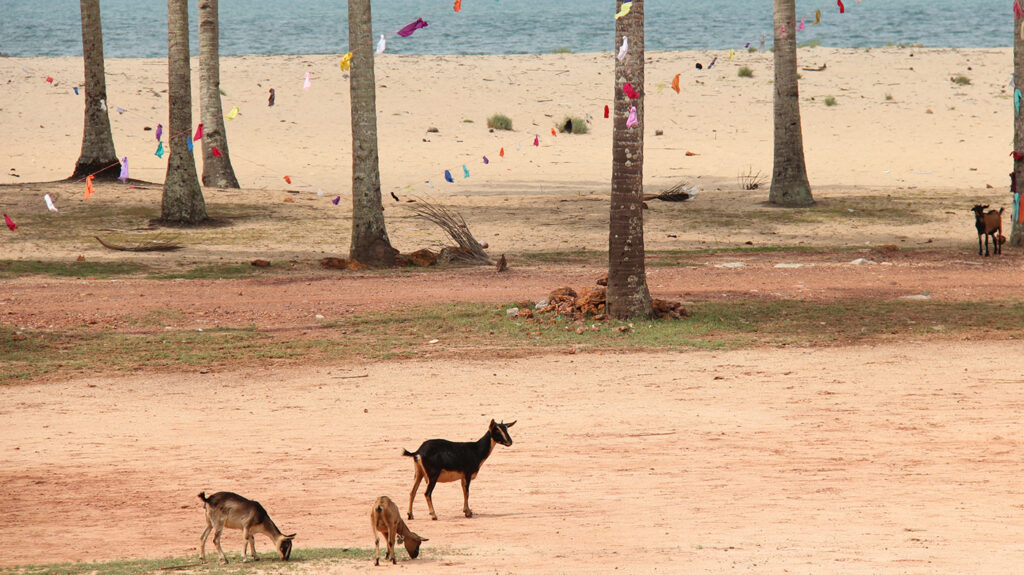
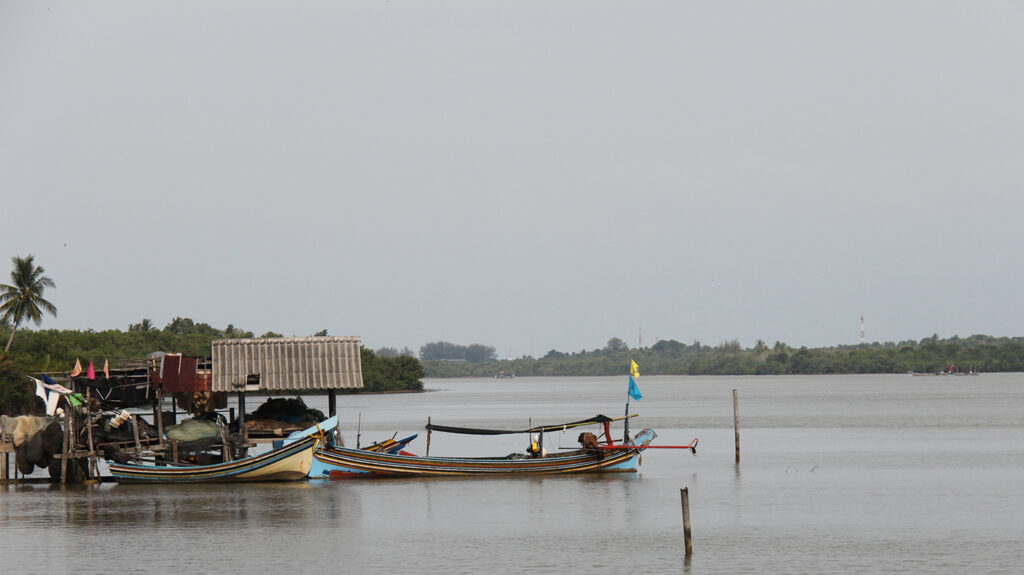
So much so in fact, that there’s a joke about this pricey delicacy along the lines of the buyer not eating it and the eater not buying it. But no matter which it is, there’s no doubting that the salted threadfin is the pride of Tak Bai.
Weaving through Tak Bai’s small alleys, it won’t be long before you find someone drying threadfin fish in the sun. The beautiful fish are hung upside down inside a mesh cover to prevent contamination while drying. Keep on walking and you will come across local restaurants serving a small piece of fried salted fish with herbs to enjoy with yellow sour curry, roasted stink beans, fermented anchovy sauce (budu), and other mind-boggling southern dishes. It may even appear as part of the Cantonese classic bowl of chicken and salted fish fried rice.
Known as “pla ku lao”, threadfins are found in coastal inshore waters from the Persian Gulf to Papua New Guinea and northern Australia. Juvenile threadfins mainly live in shallow inshore waters, where tiny invertebrates such as prawns, crabs and worms are abundant. Adult threadfins also favour estuarine areas and coastal waters, where large schools come together in tidal flats and river mouths.

The House of Creation
Experience an enchanting fusion of artistry and cuisine at Anantara Siam Bangkok, as renowned paper artist Natsupon Phromsawat and Executive Pastry Chef Anupong Nualchawee present a captivating afternoon tea.
>> Read More
In Thailand, threadfin fish were once found just south of Bangkok where the Chao Phraya River flows into the Gulf. Unfortunately, pollution in the estuary chased the fish away. Today you can find the threadfin along the East coast from Phetchaburi down to Songkhla and Narathiwat provinces.
The fish are prized for their firm flesh, delicate flavour, and, most importantly, the fact that they are not bony. If you give a beautiful threadfin to a westerner, they might grill the whole fish with a small handful of fresh herbs – thyme, rosemary, sage or parsley. The Chinese, on the other hand, leave the fish to dry under the sun.
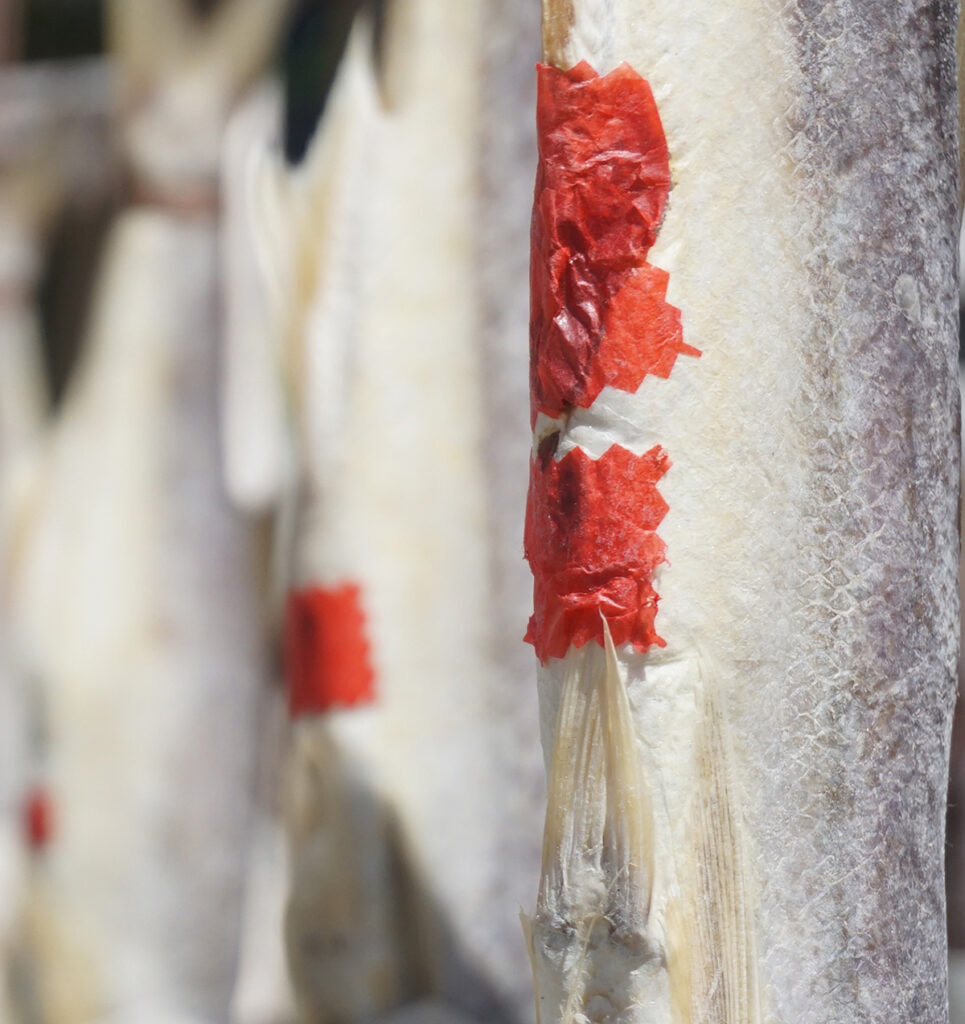
Tak Bai is home to a sizable Chinese community who have settled among the local and aboriginal Muslim populations. When the Chinese sailed from Southern China to start new lives in Southern Thailand in the 16th century, they brought their recipes with them.
Tak Bai’s salted threadfins have a Cantonese flavour to them. The fish are kept whole, and the guts and entrails are carefully removed with hooks through the mouth. The fish is then lightly salted with low-sodium salt (also known as “sweet salt”), marinated with herbs, and dried in the sun and warm sea breeze. And they’re surprisingly delicious, with an intensified flavour, sea sweetness, and a chewy texture. This entire procedure, done in a tiny kitchen for eons, is a simple yet powerful reaffirmation of our human roots, with only the sun to preserve our precious food.
Every family has their own recipe and, of course, each is the best.
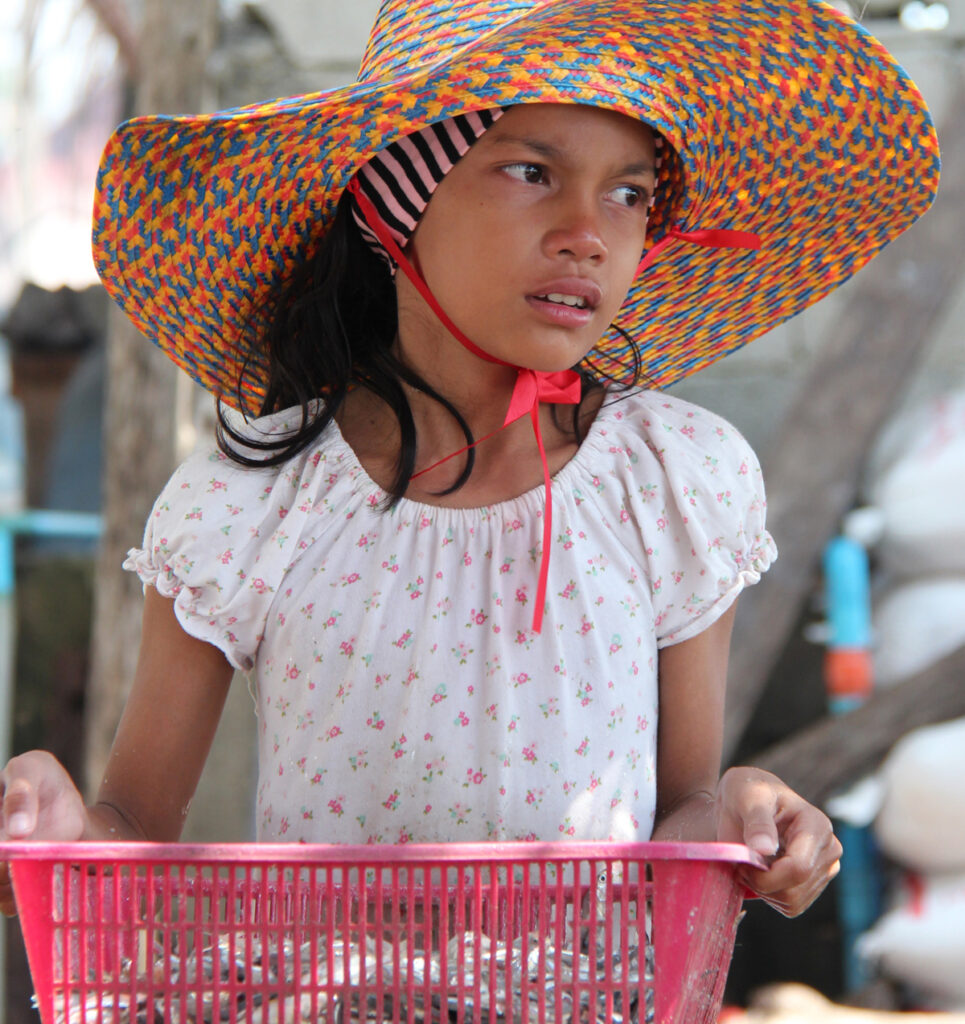
“Usually they give threadfins a ‘massage’ by rolling the fish with a bottle and sprinkling them with a condiment made of honey and other ingredients,” says Or, a vendor at Yungthong Pla Ku Lao shop in Tak Bai, who is familiar with the salted threadfin procedure.
Furthermore, the origin of Tak Bai threadfins is likely to add to their appeal. Tak Bai is located at the confluence of two rivers, the Sungai Kolok and the Bang Nara, both of which are rich in threadfin nutrients.
“Not every threadfin can be made into a salted fish because aesthetics also plays an important part,” adds Or. “The locals sort threadfins from local fishermen and choose only the fish with skins that have not been cut or broken.”
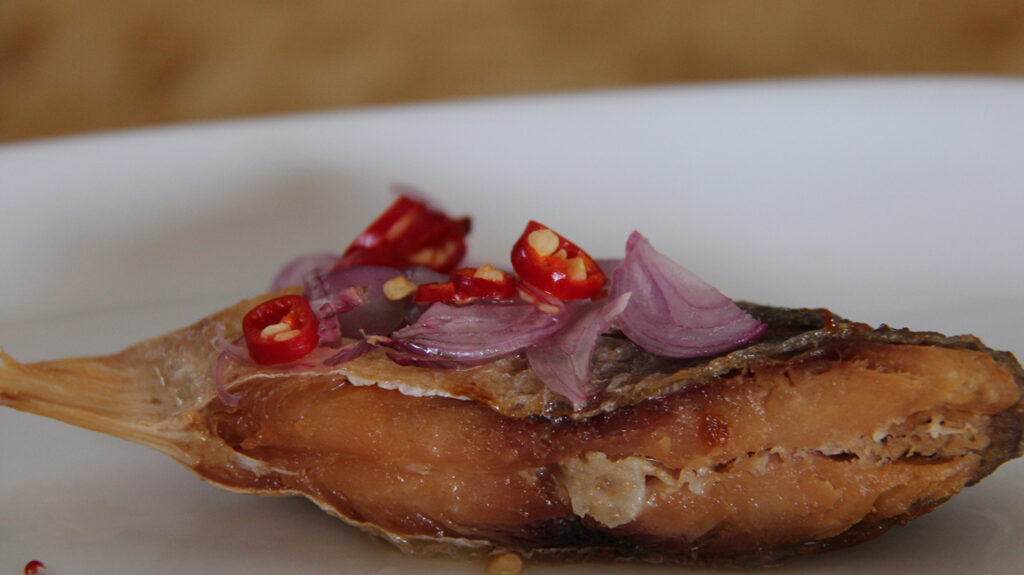
WHERE TO EAT
If you’re looking for simple southern food cooked with skill, head to Nat Phob Young Thong and Kulao Thong, two popular Tak Bai restaurants. They serve salted threadfin. If you can’t make it to Tak Bai right now, don’t waste your time drooling in vain. Tak Bai salted fish is available for purchase online.
[The article was published at www.thaipbsworld.com on November 4, 2022]


